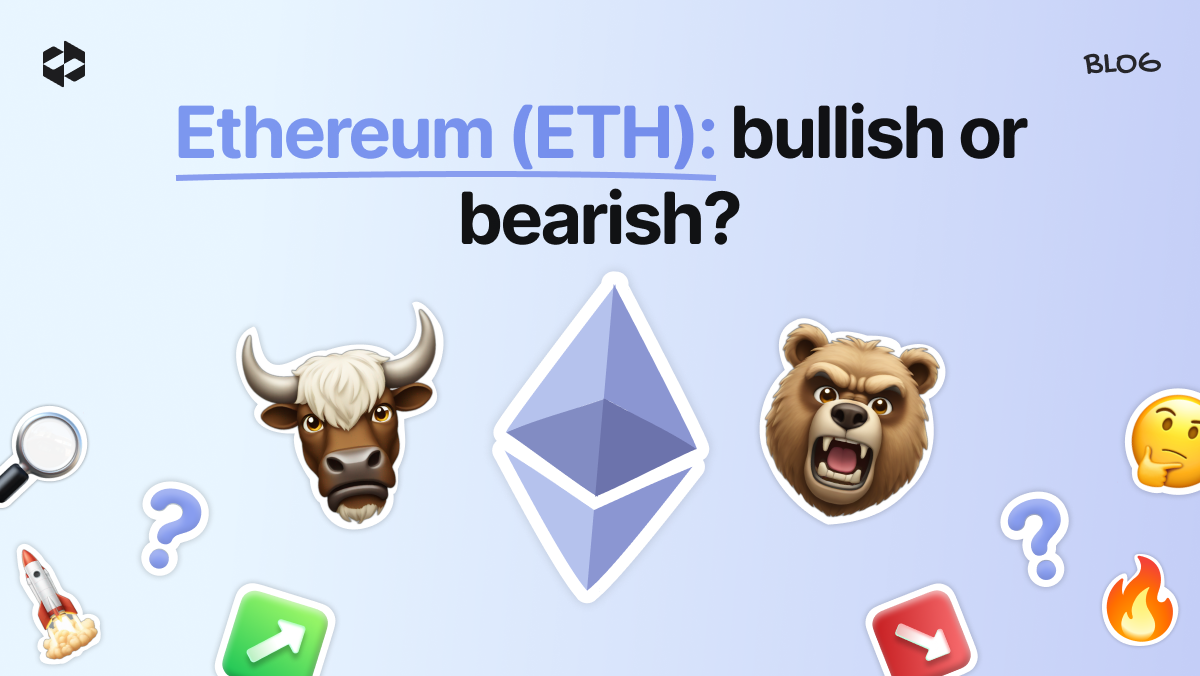
Ethereum (ETH), the second-largest cryptocurrency by market capitalization, has recently experienced a sharp decline, prompting concerns among investors and market analysts. Several factors contribute to this downturn, including macroeconomic pressures, security breaches, market dynamics, and increasing competition from alternative blockchain networks. Understanding the interplay of these factors is crucial for assessing Ethereum's future trajectory.
Macroeconomic Pressures and Trade Tensions
One of the primary reasons behind Ethereum's recent drop is the broader economic environment. Inflationary pressures and central bank monetary policies, especially those of the U.S. Federal Reserve, have had a profound impact on risk assets like cryptocurrencies. The Federal Reserve's recent decision to maintain high interest rates to combat inflation has reduced investor appetite for speculative assets. Higher interest rates make traditional investments, such as bonds, more attractive than volatile digital assets, leading to a capital outflow from the crypto market.
Additionally, economic slowdowns in major economies, including the U.S. and China, have added to investor uncertainty. Trade tensions between these economic giants have further exacerbated market instability. As a result, investors have been shifting toward safer assets, which has contributed to Ethereum's price decline.
Security Breaches and Market Confidence
Another critical factor influencing Ethereum's downturn is the increasing frequency of security breaches in the cryptocurrency space. The recent Bybit exchange hack, which resulted in the loss of $1.5 billion, sent shockwaves through the industry. The incident not only damaged Bybit's reputation but also weakened trust in centralized exchanges, prompting investors to withdraw funds. Following the hack, Ethereum's price experienced a sharp 4% drop.
Such security vulnerabilities highlight the risks associated with digital assets. Even with advancements in blockchain technology, cybersecurity remains a significant concern, and major security breaches often lead to panic selling and short-term price declines.
Technical Market Factors and Liquidations
Ethereum's price is also affected by technical market dynamics. Large-scale liquidations occur when traders with leveraged positions are forced to sell their holdings due to falling prices. In recent weeks, a significant number of long positions were liquidated as Ethereum's price dropped below key support levels. This cascade of liquidations intensified selling pressure, accelerating the decline.
Additionally, data from on-chain analytics firms indicate that Ethereum reserves on centralized exchanges have surged to their highest level in a year. This suggests that large holders, or "whales," have been moving ETH to exchanges, possibly to sell. When whales offload significant amounts of ETH, it exerts downward pressure on prices and can trigger further market sell-offs.
Competition and Network Activity
Ethereum, despite being the dominant smart contract platform, is facing increasing competition from newer blockchain networks offering improved scalability and lower fees. One notable development is Uniswap's plan to migrate to Unichain, a decision that could significantly impact Ethereum's network activity.
Uniswap is one of the largest decentralized exchanges (DEXs) and a major consumer of Ethereum's gas fees. If Uniswap fully transitions to another blockchain, Ethereum's transaction volume could decline, leading to lower demand for ETH. The migration of high-profile projects away from Ethereum signals that competitors are gaining traction, further pressuring Ethereum's market position.
Moreover, the rise of layer-2 solutions, such as Arbitrum and Optimism, has created an alternative for users seeking lower transaction costs. While these solutions enhance Ethereum's ecosystem, they also divert transaction fees away from the main Ethereum network, affecting its revenue model.
Regulatory Uncertainty and Institutional Involvement
Another factor weighing on Ethereum's price is the ongoing regulatory uncertainty surrounding cryptocurrencies. Governments and regulatory bodies worldwide continue to scrutinize digital assets, with some countries imposing stricter regulations on crypto exchanges and decentralized finance (DeFi) platforms.
On the institutional front, major investment firms have slowed their crypto adoption, preferring to observe regulatory trends before making large allocations. While institutions had shown interest in Ethereum-based financial products, the recent uncertainty has led to a cautious approach, further limiting demand.
Conclusion
Ethereum's recent price decline is the result of a confluence of factors, including macroeconomic uncertainties, security breaches, technical market dynamics, and competitive pressures. While the cryptocurrency market is inherently volatile, understanding these underlying elements can provide investors with a clearer perspective on potential risks and opportunities. As always, thorough research and prudent investment strategies are essential in navigating the evolving landscape of digital assets.
